There are many things to see and do while in Istanbul. In the 4 days we where there we did get around to see a lot of the major attractions but there are many we did not see. Of those we did see I am going to select several that I thought were really interesting and talk about them. There are several that I will just mention now like the Topkapi Palace, a vast beautiful palace with wonderful gardens, great views of the Bosphorus river, rooms upon rooms of intricate hand-painted tiles and home to the imperial treasury. On the grounds of the palace is the Istanbul Archaeology Museum that has a staggering array of artifacts from Turkey and the Middle East that include the vast breadth of history of the region. The Grand Bazaar that has over 4000 stalls, we went one morning for an hour before we left because it was a Muslin holiday and the bazaar was closed when we were in Istanbul. And then there is a handful of other mosques, palaces, forts, museums etc that we did not get a chance to see. On top of that there are other sections of the city that have wonderful old neighbors with historic sites, galleries, cafes, shops and restaurants all waiting to be visited. Over all we had a great time seeing Istanbul and think that one day we will be able to return to explore more of the city. Below are four attractions that I would like to focus on.
The Basilica Cistern also called the Yerebatan Sarici (Sunken Cistern) is located just off the Hippodrome Square, near the Hagia Sophia. The cistern was built in the 6th century during the reign of the Byzantine Emperor Justinian. This cistern and many like it were built around the city to meet the needs of the peoples water supply in case of a siege. The cistern provided a water filtration system for the area and continued to provide water for the Topkapi Palace into modern times. It is an underground chamber supported by 336 marble columns each 30ft high. The walls were covered with ceramic bricks 13ft thick and coated with a waterproffing mortar. When full it can hold up to 100,000 tons of water. Today there is only several feet of water in the cistern. A boardwalk was built to allow tourist to visit this unique place.
The Suleymaniye Mosque is the largest and grandest mosque in Istanbul, it sits high on one of Istanbul seven hills and has become a landmark for the whole city. (The Hagia Sophia is larger but it is now a museum) Completed in 1558 during the rule of Sultan Suleyman the Magnificent. It combines Islamic and Byzantine architectural elements and is styled after the Hagia Sophia. The interior is simply breathtaking in it expanse, dominated by its soaring 175ft dome. The architect hid the massive buttresses that support the dome by incorporating them into the walls which gives this feeling of openness.
The Saint Savior Chora Church is considered one of the most beautiful surviving examples of a Byzantine church. Original built in the 5th century what currently stands dates back to 1081. It contains one of the best preserved collections of Byzantine mosaics and frescoes anywhere. In the 16th century is was converted into a mosque and the mosaics and frescos were covered over in plaster which protected them for centuries. They remained concealed until they where rediscovered in 1860. It became a museum in 1947 and restoration has been on going. There are over 50 fabulously vibrant mosaic panels most of them in excellent shape. They present in a roughly chronological order the life of the Virgin Mary and the early life of Christ taken from the New Testament.
Rustem Pasha Mosque was built in 1563 it is considered one of the cities architectural gems. It is located in an old and busy market area built above a complex of shops near the Spice Bazaar. The entrance is hard to find, after waking back an alleyway you take a narrow flight of stone steps that spiral around and eventually opens up to a spacious courtyard. The mosque is small in size but it is beautifully proportioned and famous for the large quantity of some of the most exquisite iznik tiles ever produced. The vivid colors of the floral and geometrical designs are amazing. These tiles have a great deal of the famous red color which was the envy of other tile makers. The red was extraordinarily difficult to make.
Next up, yes, more on Istanbul!

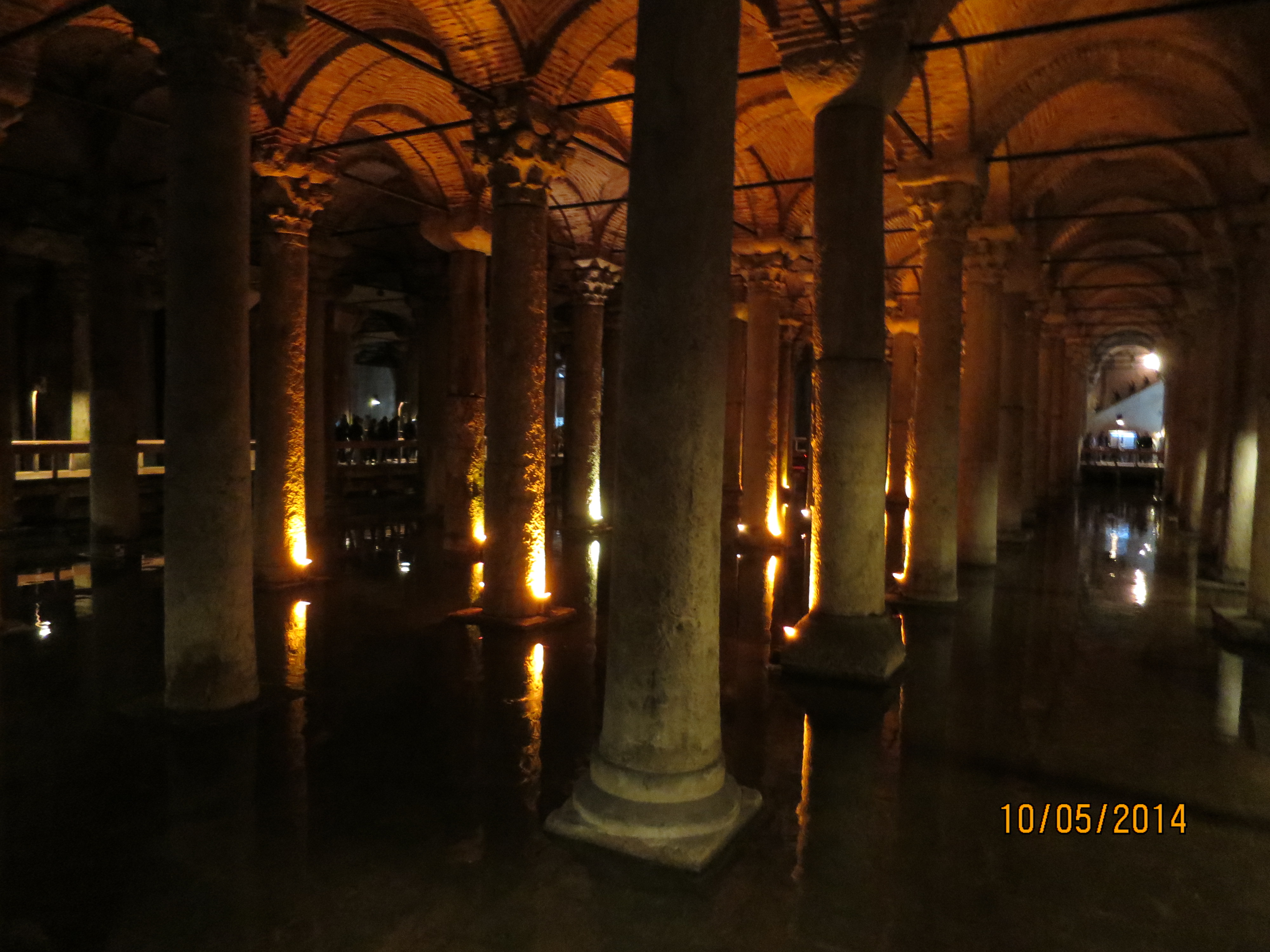
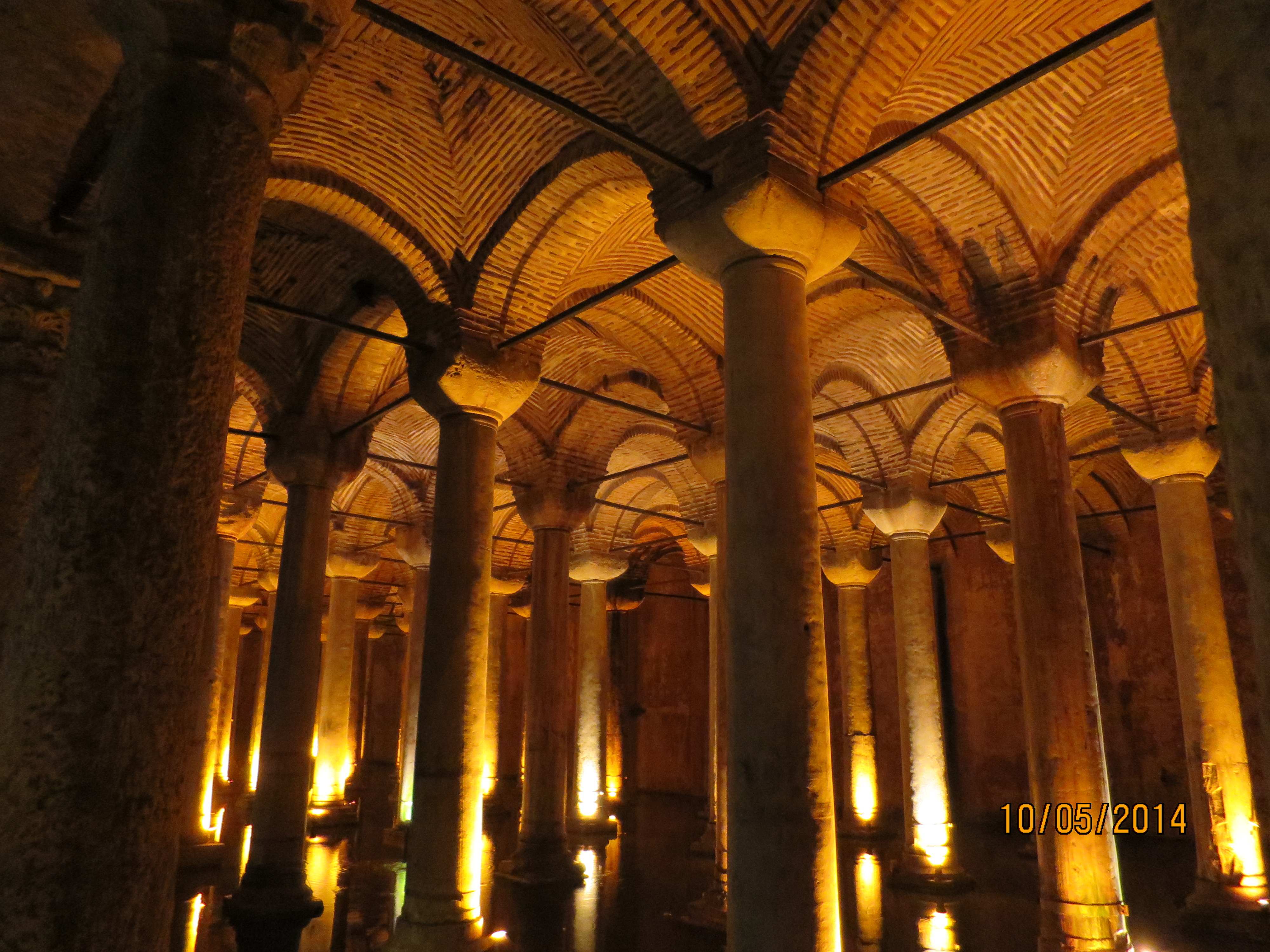
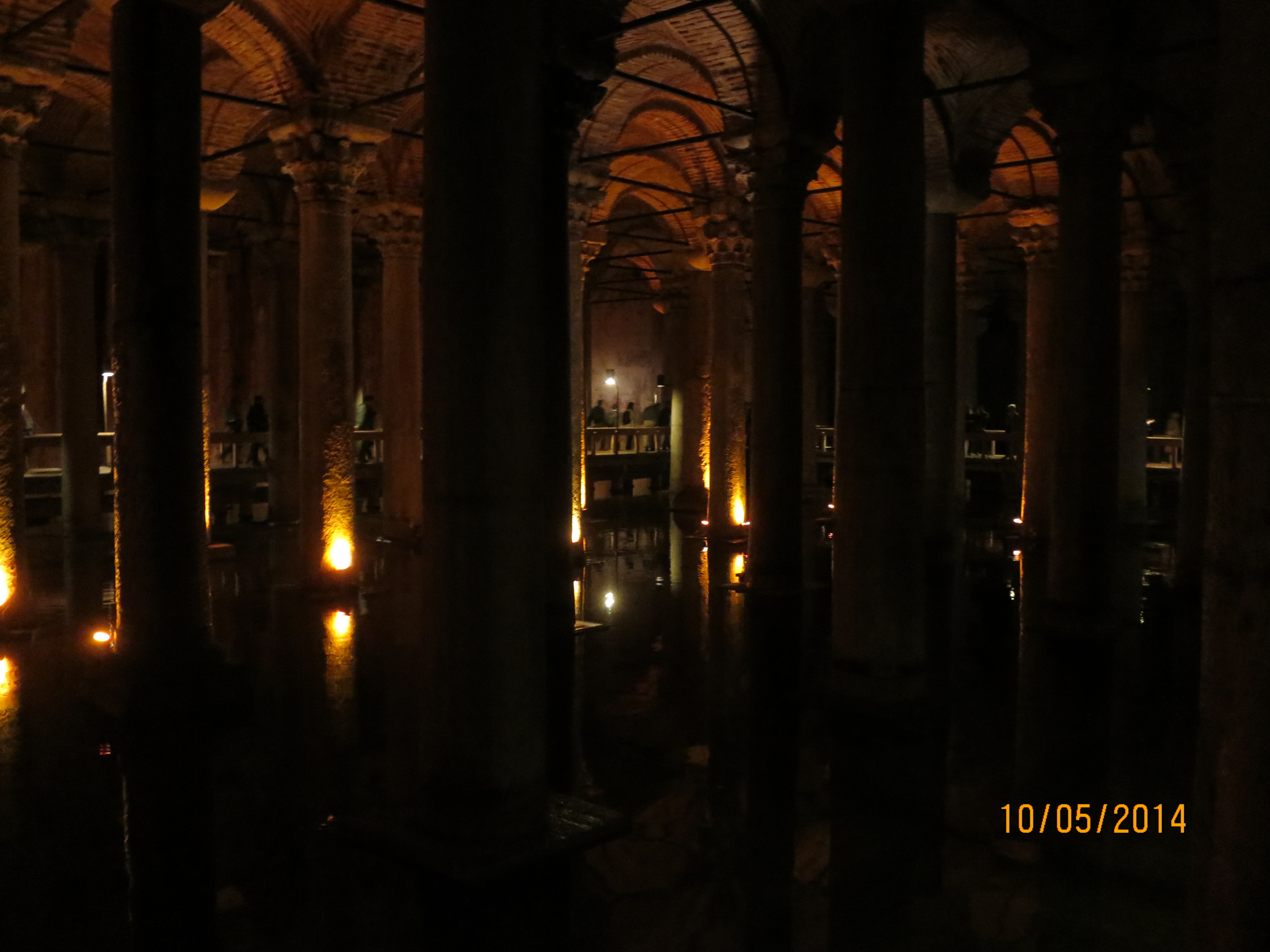
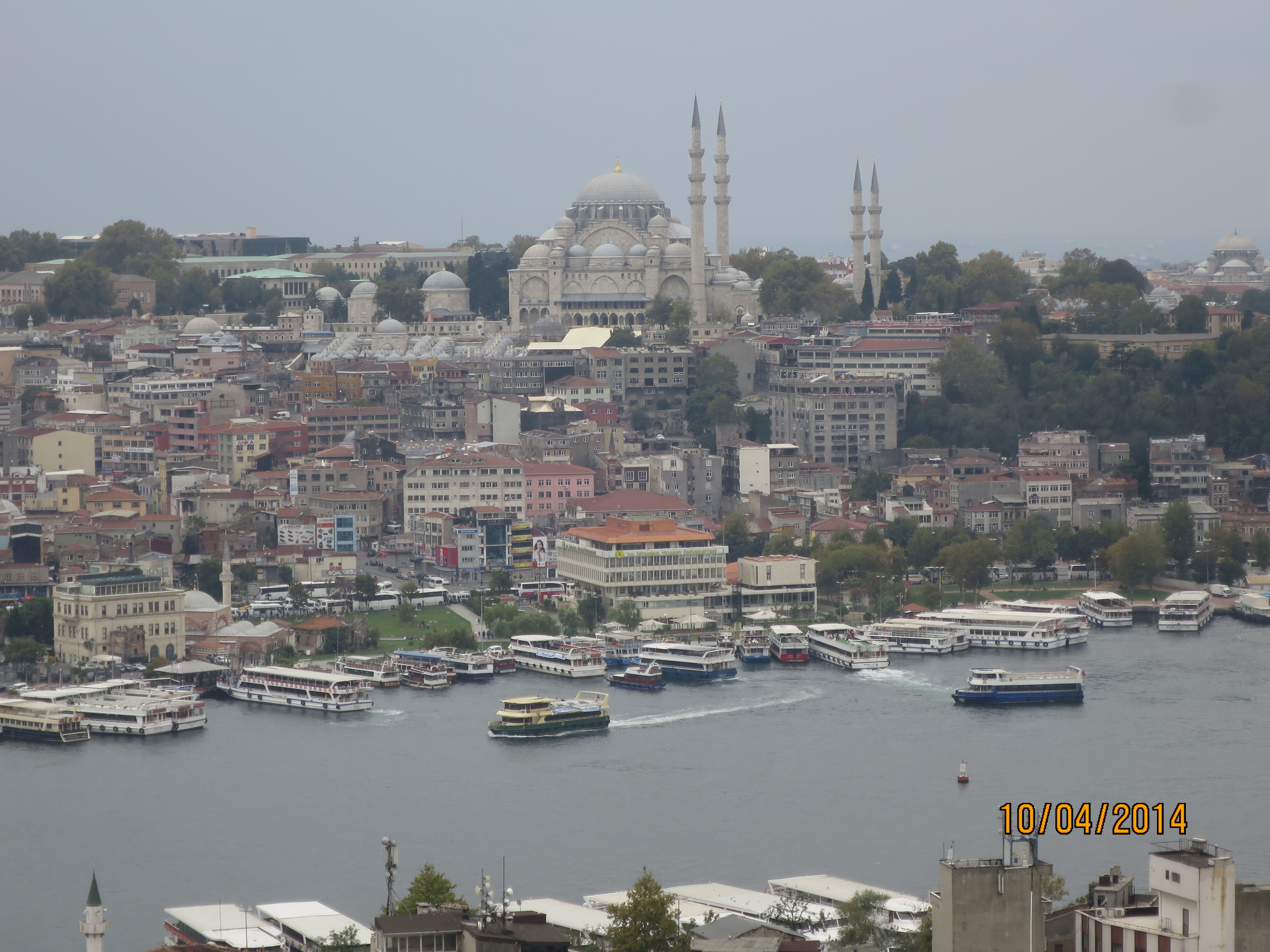
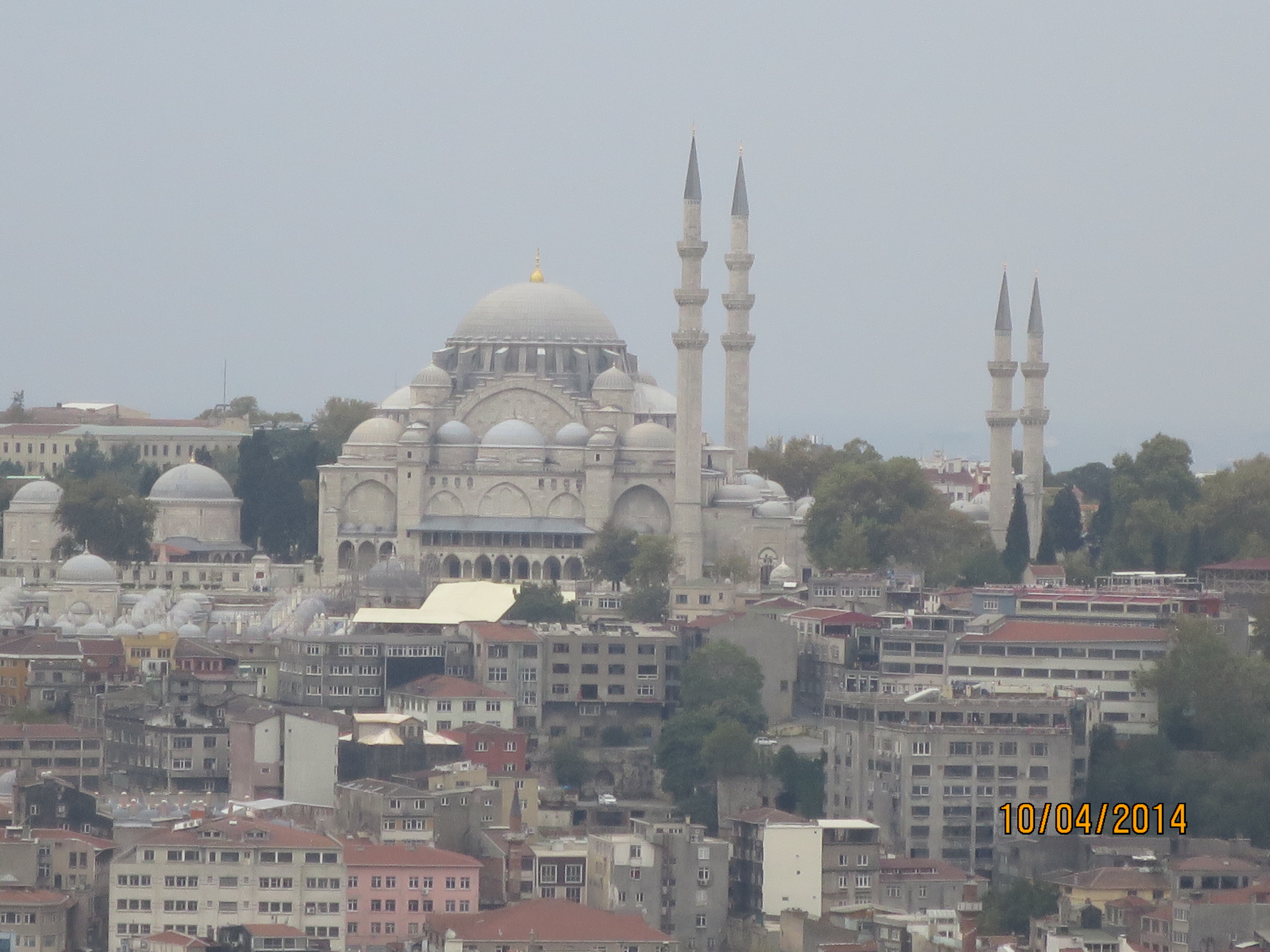
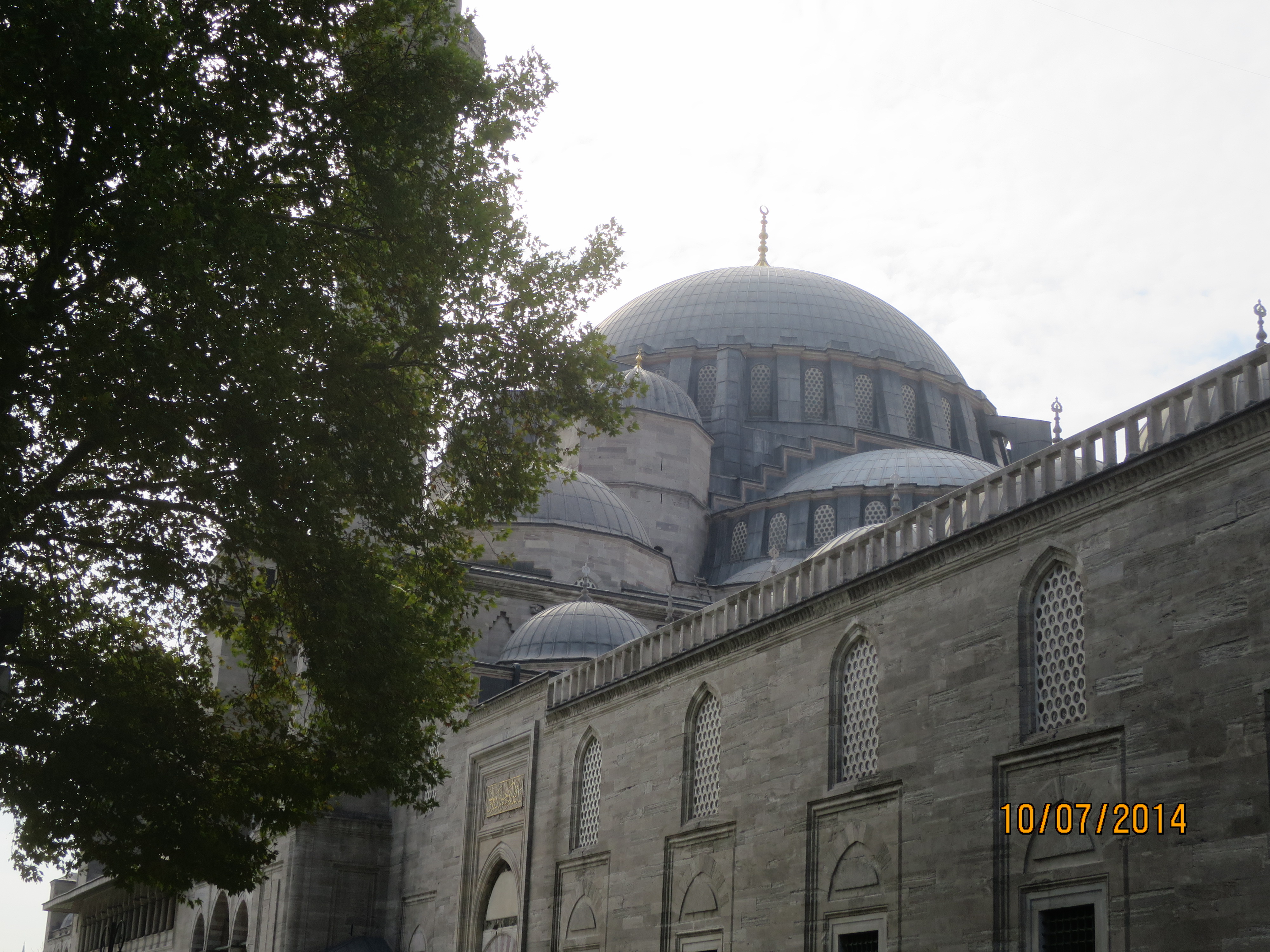
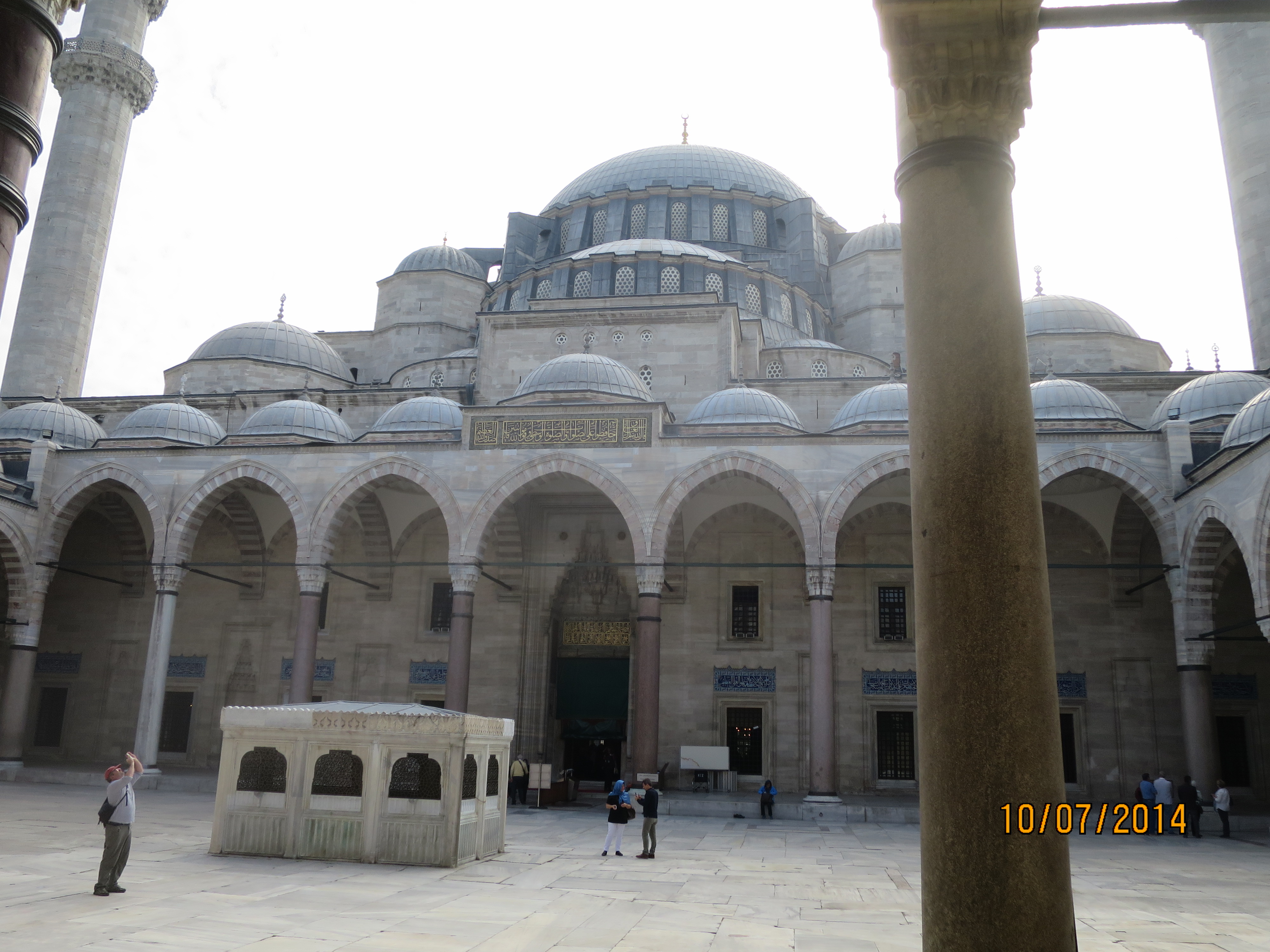
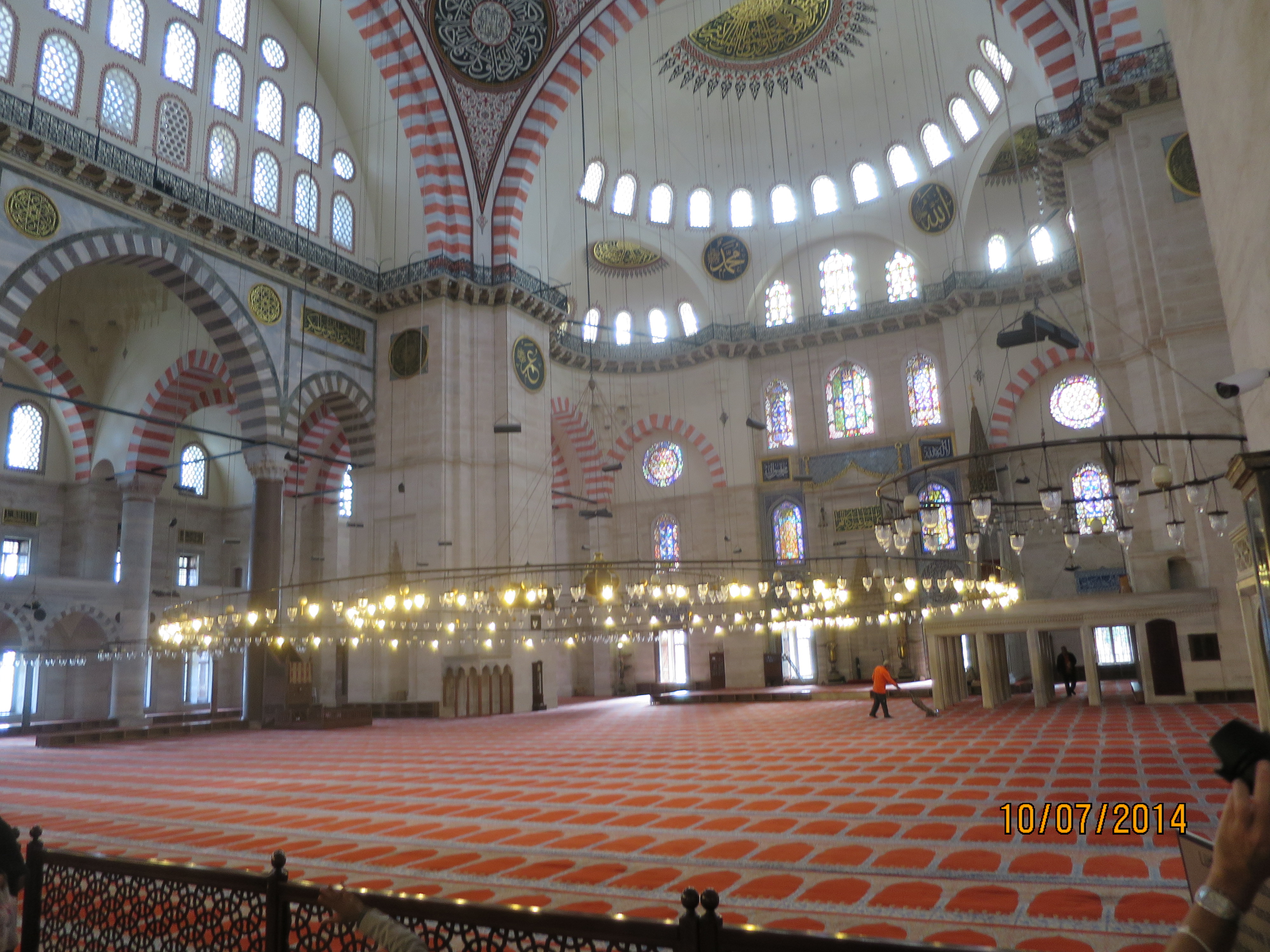
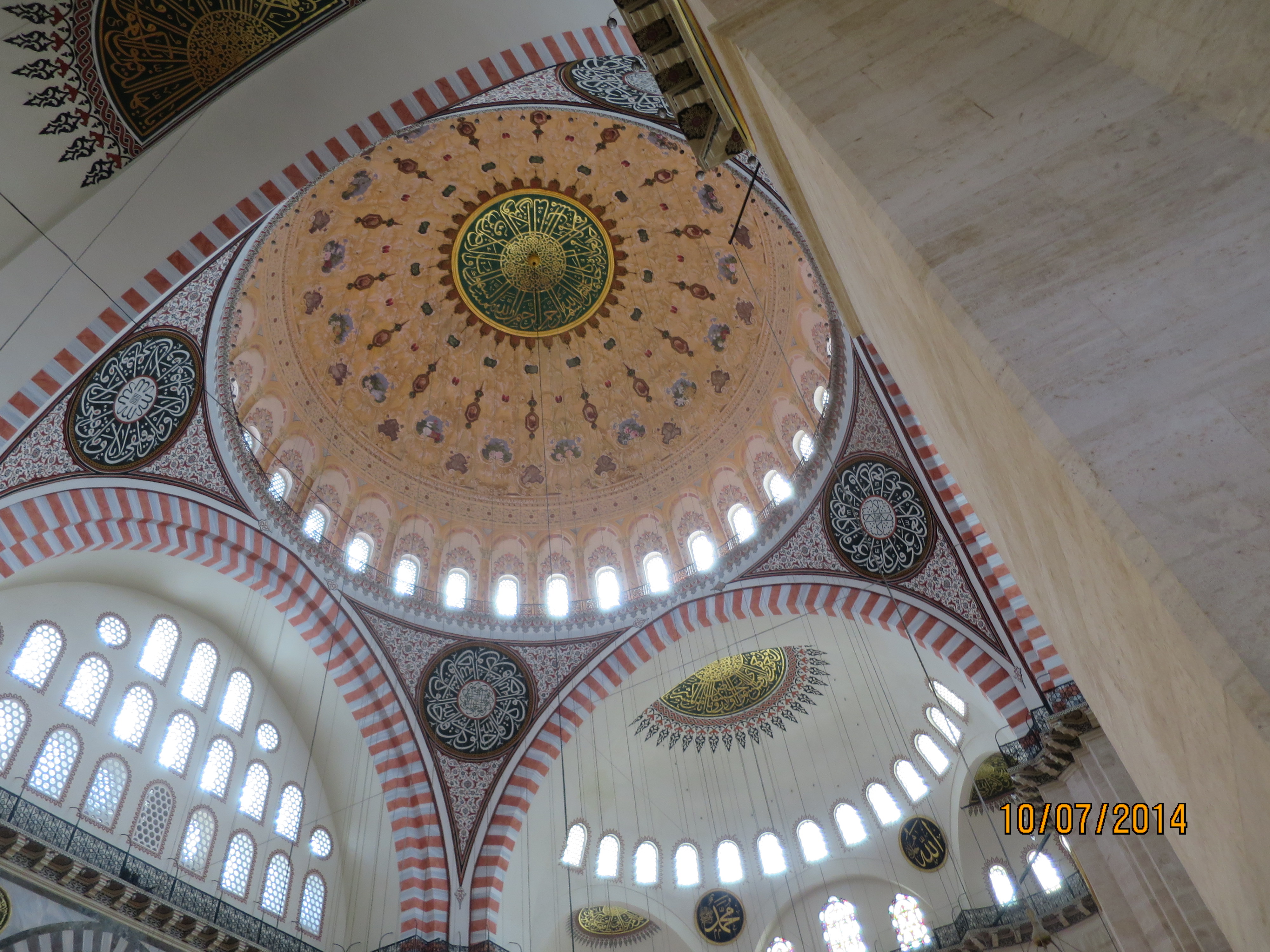
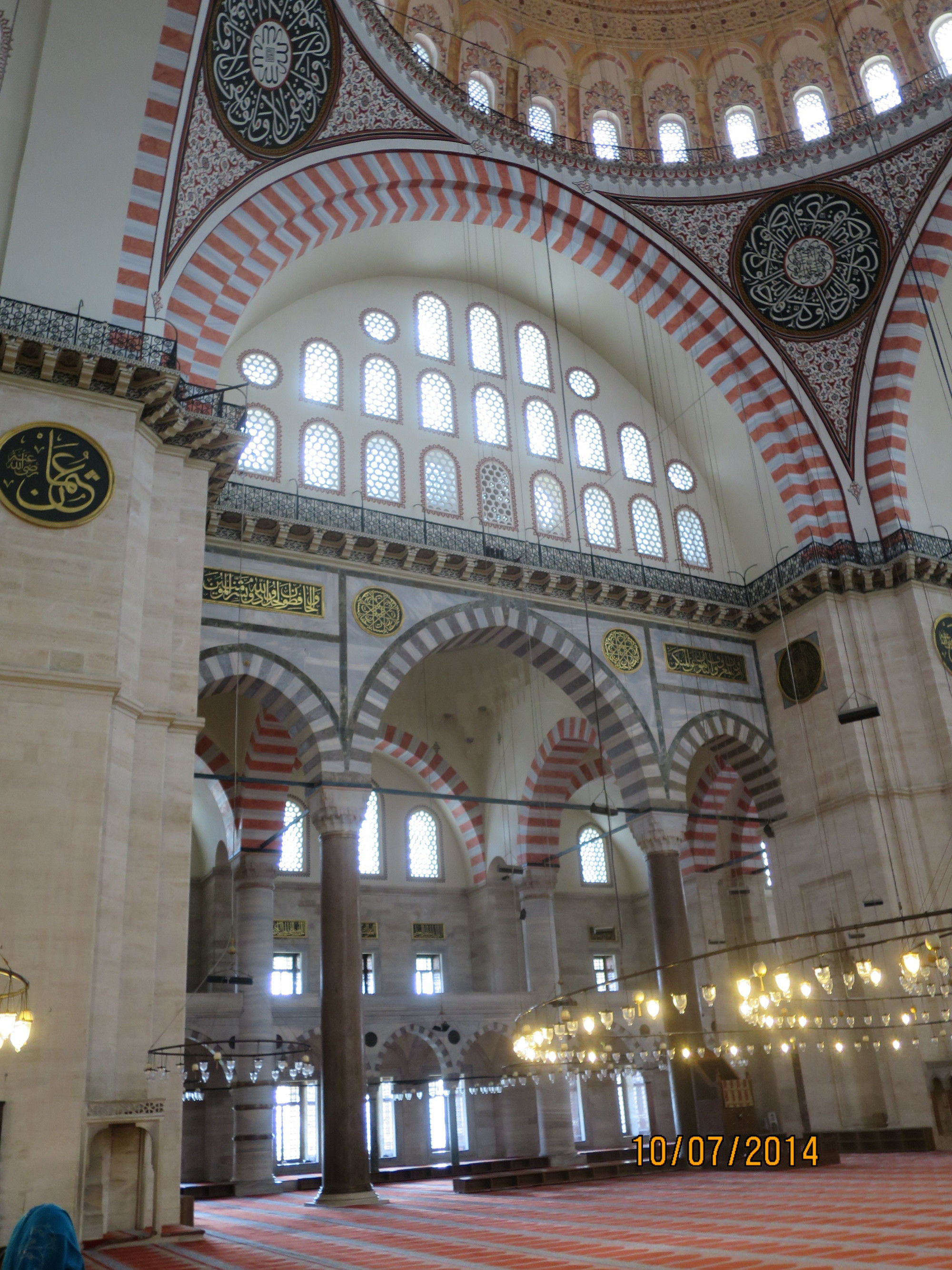
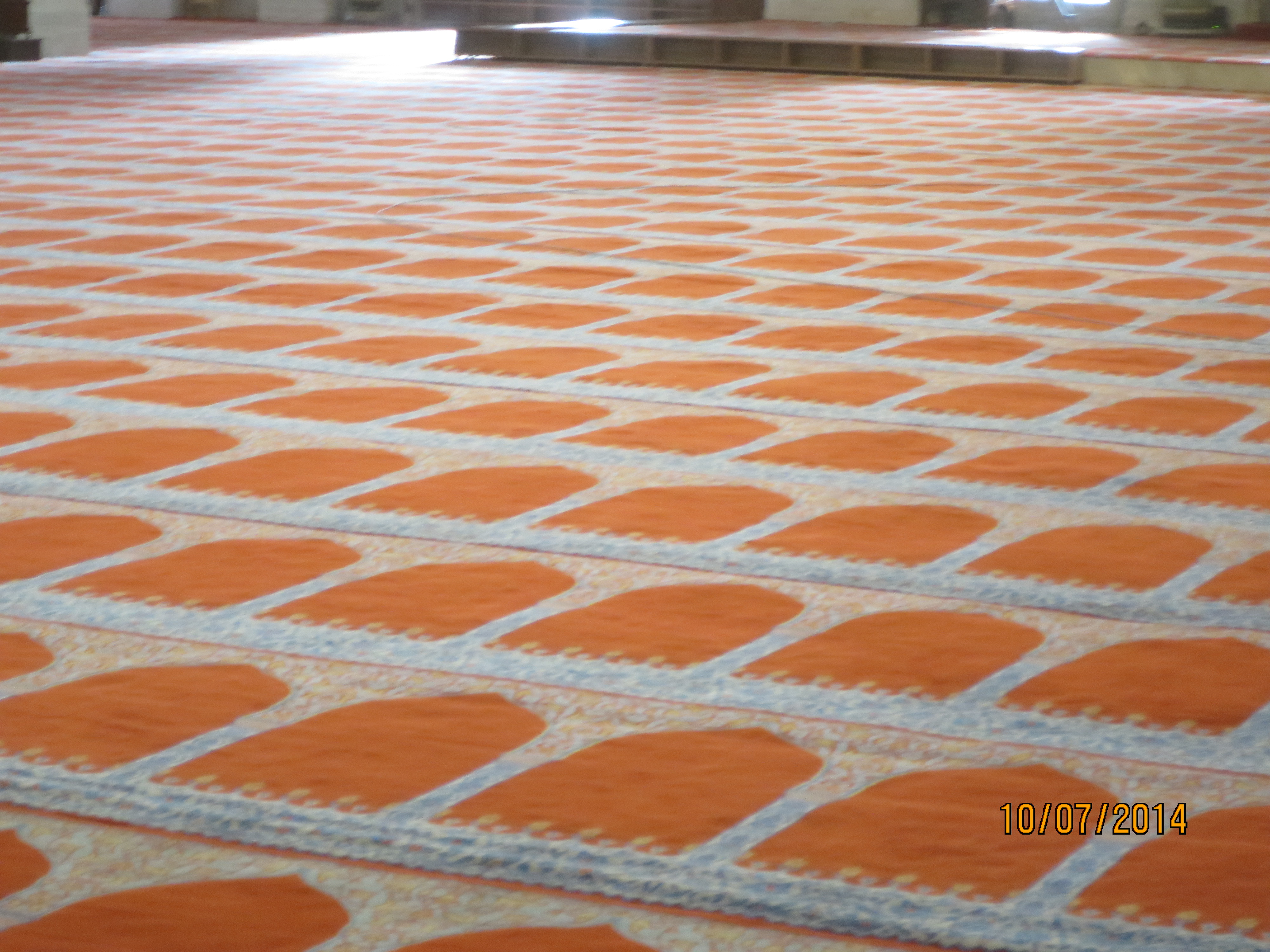
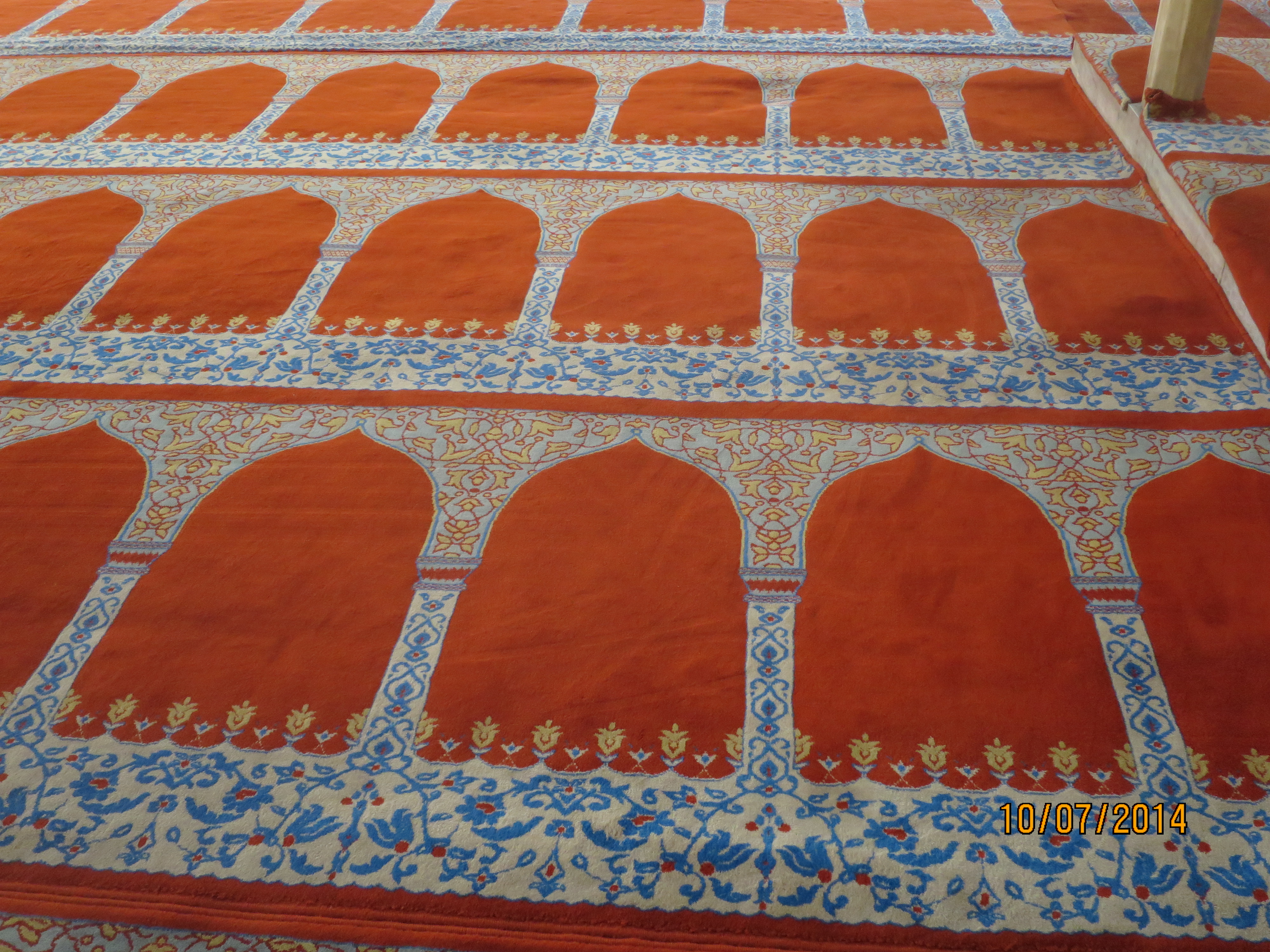
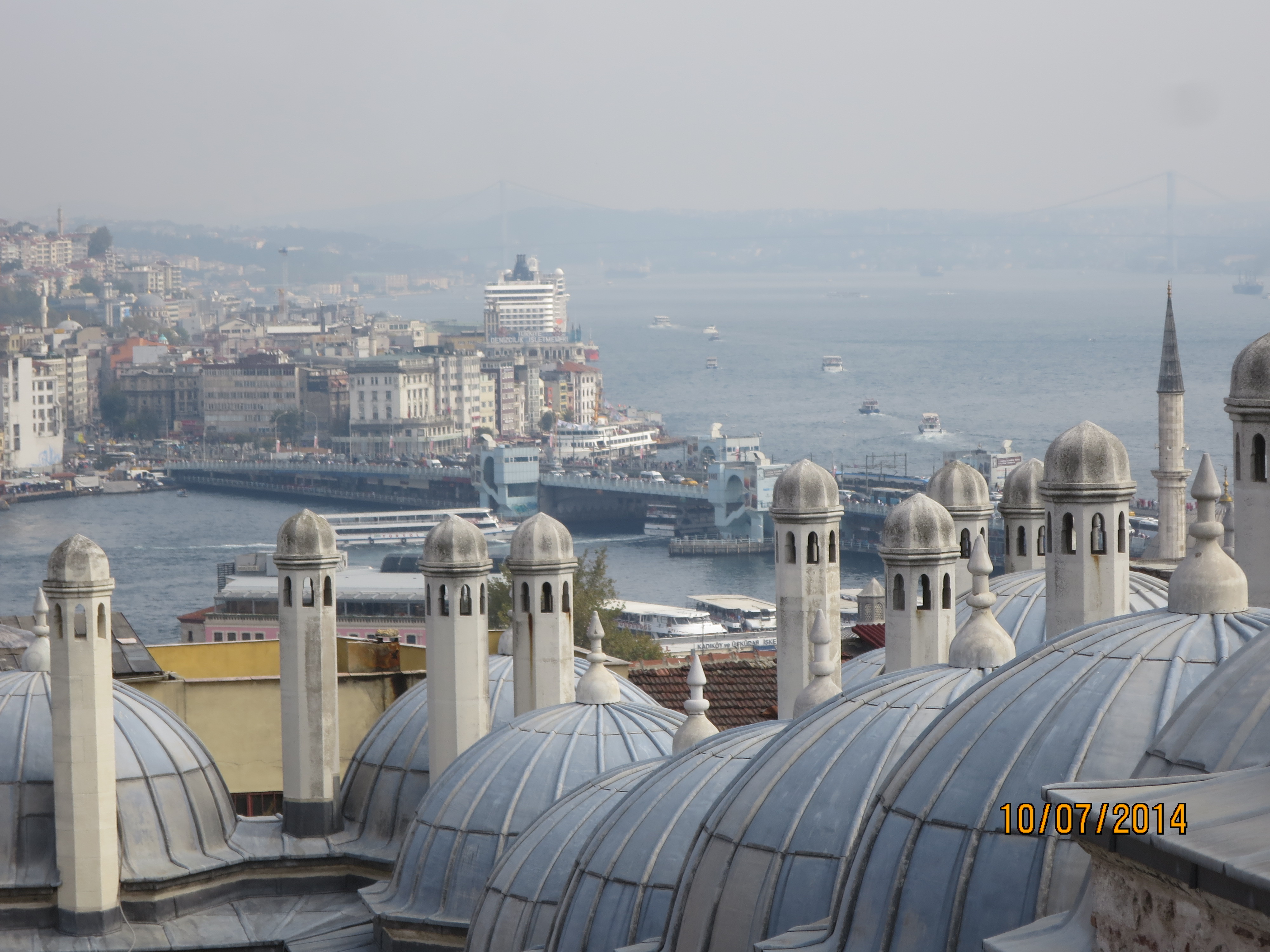
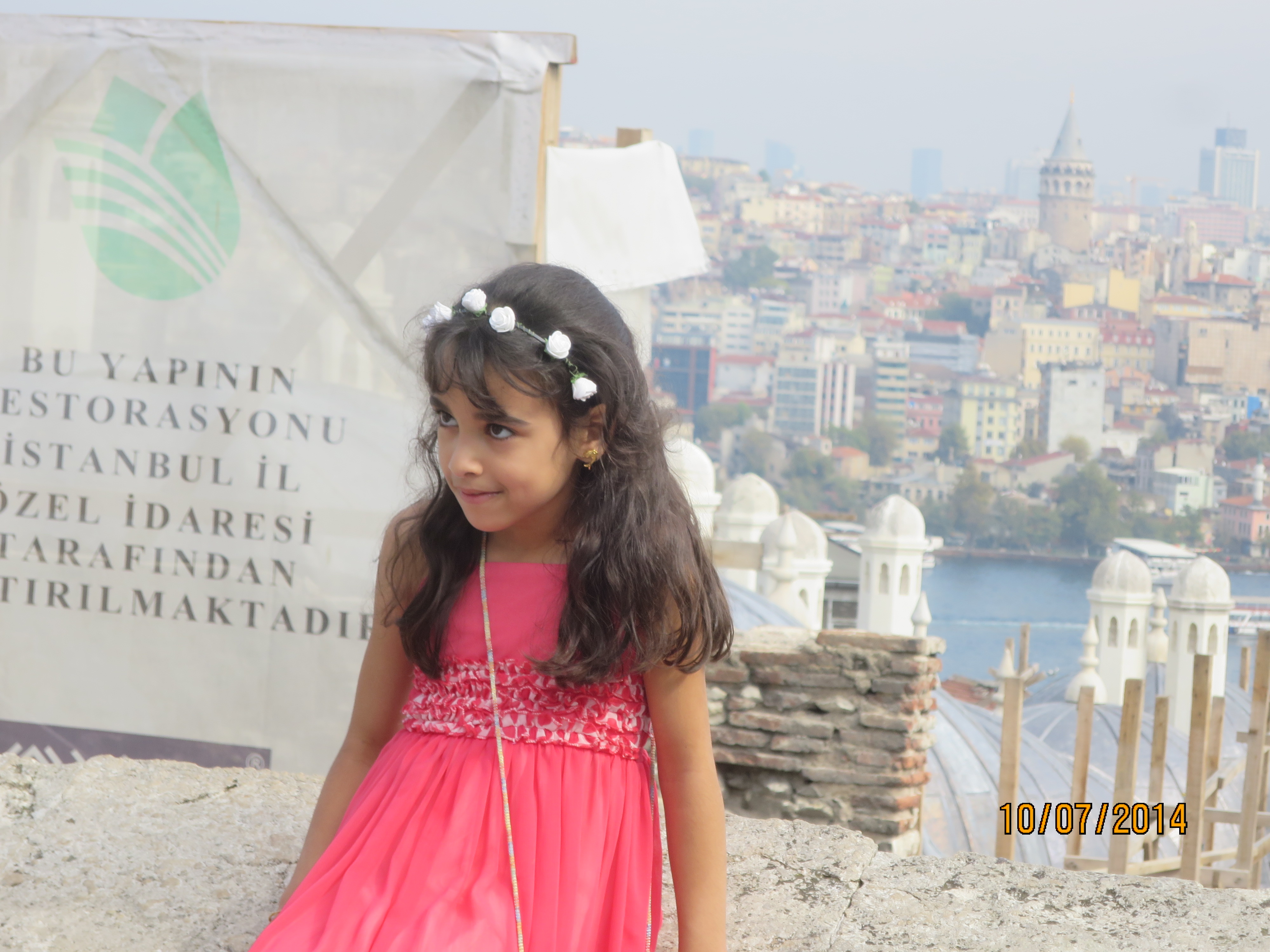
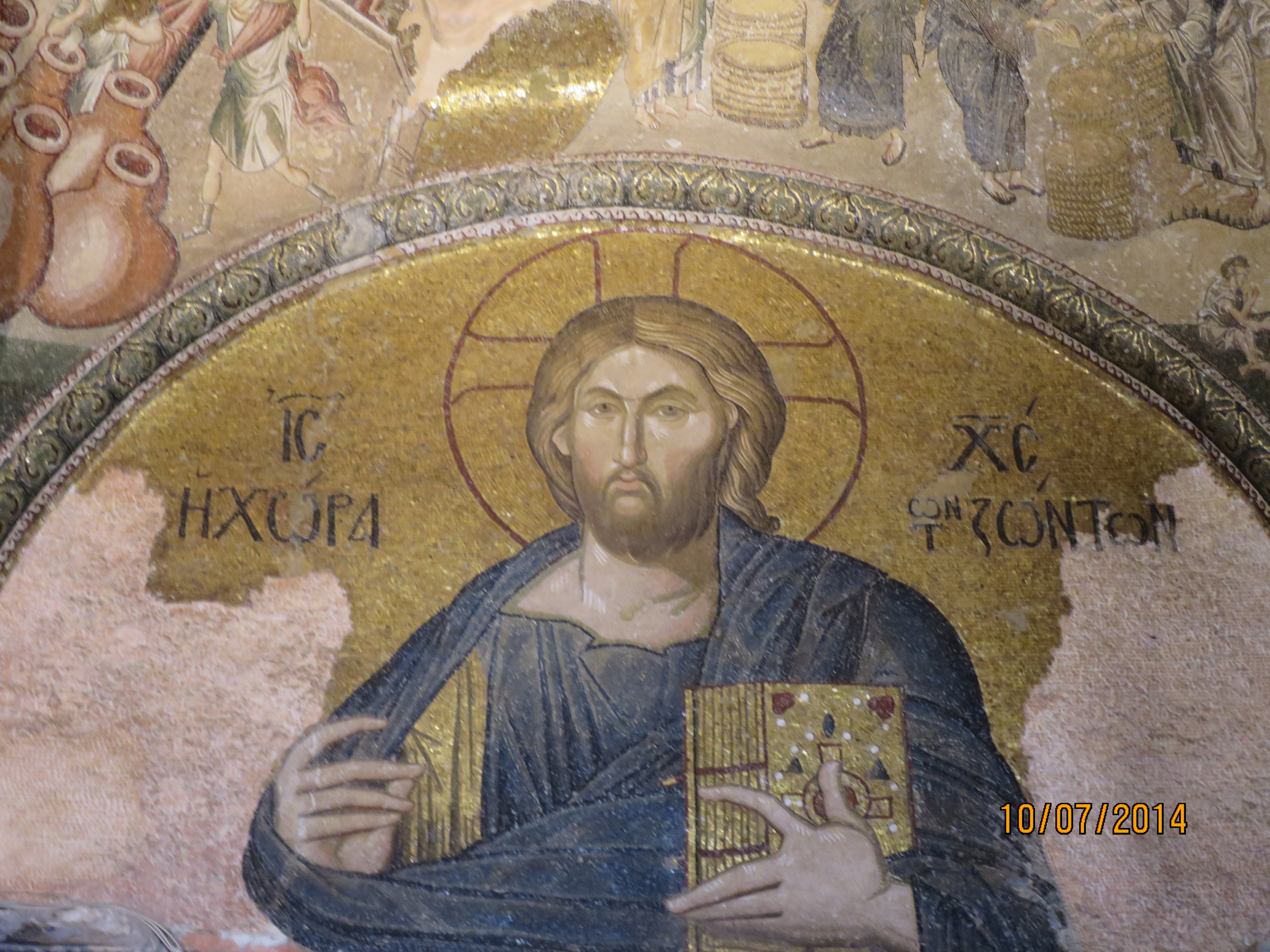
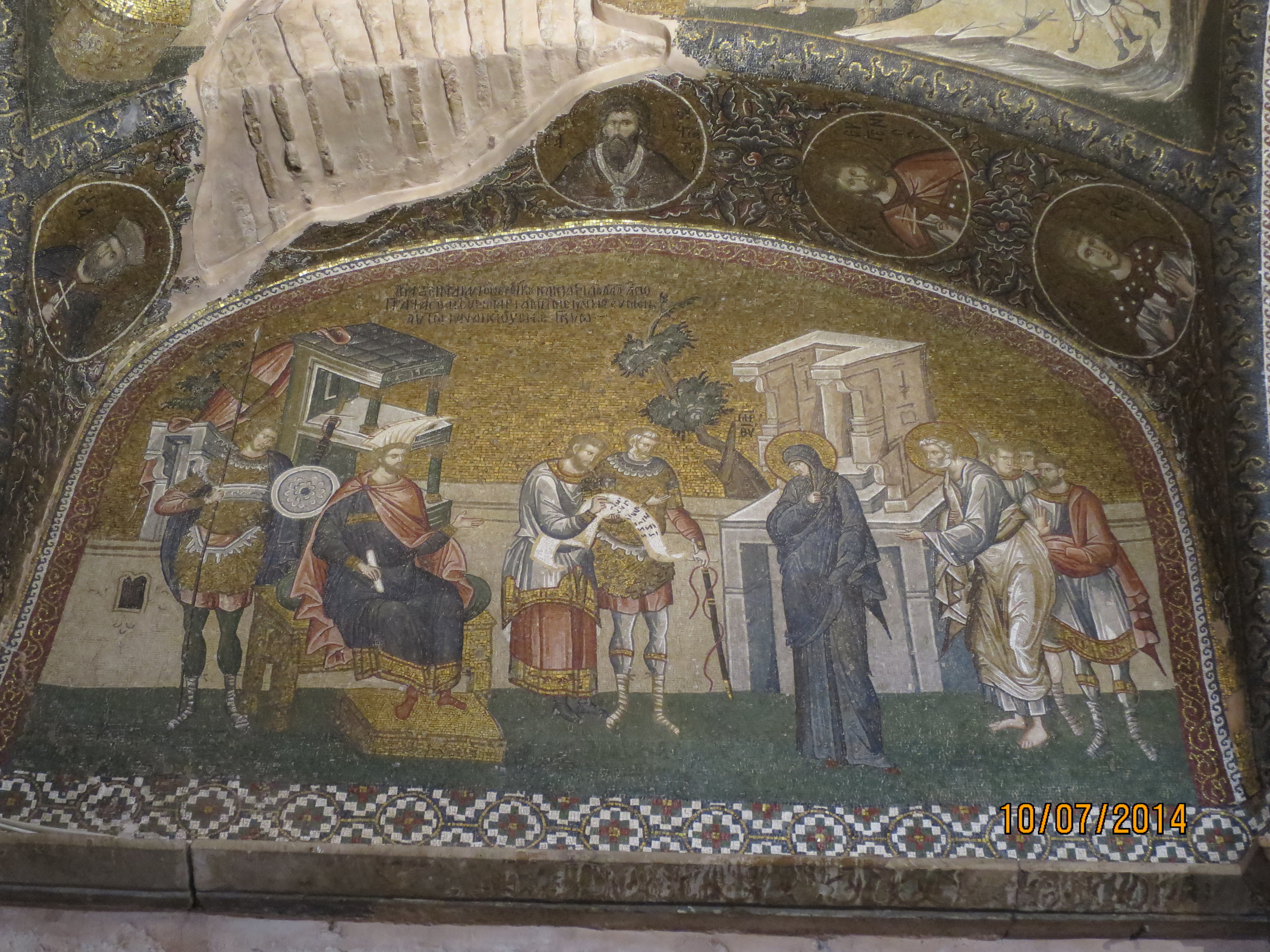
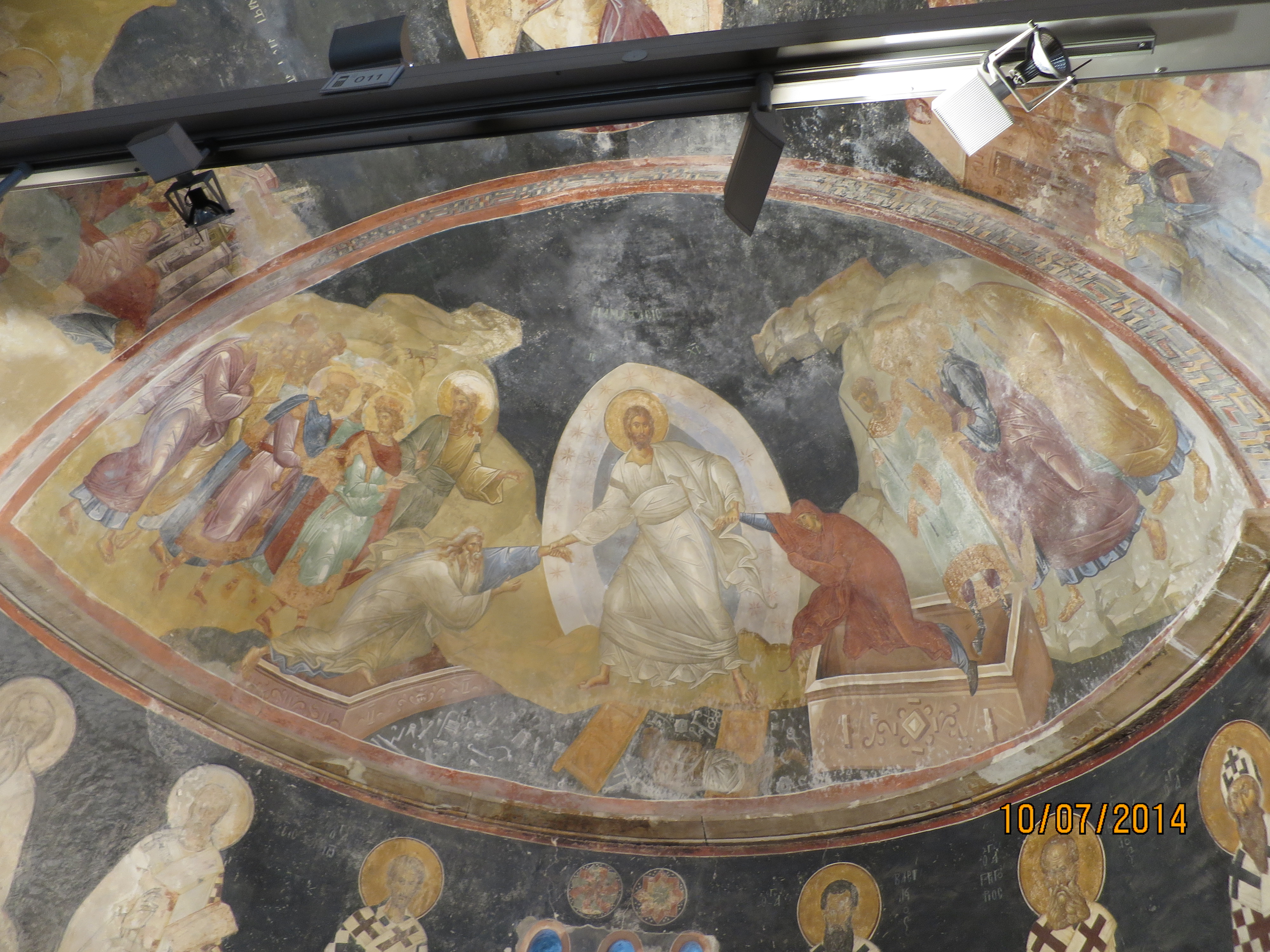
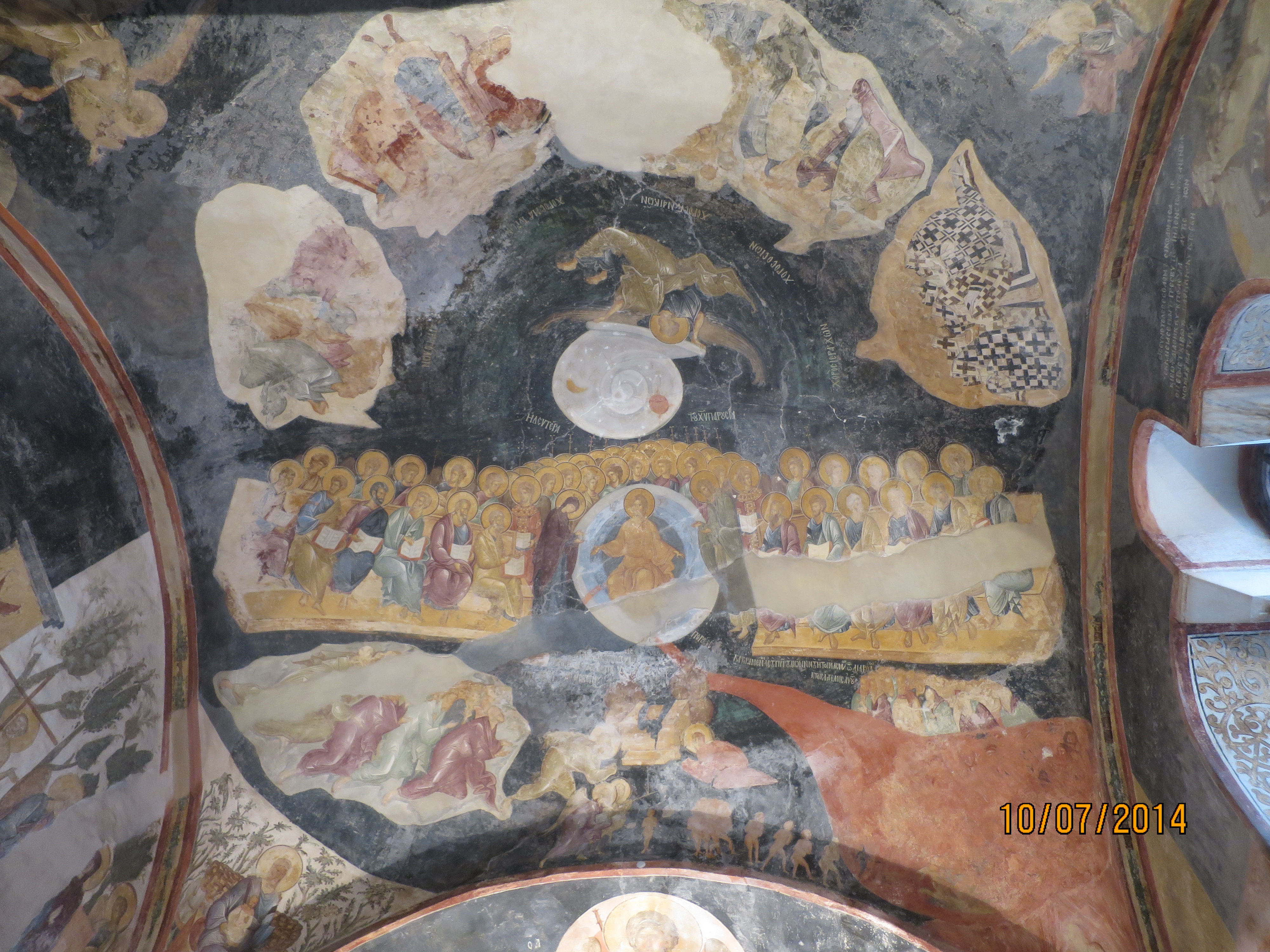
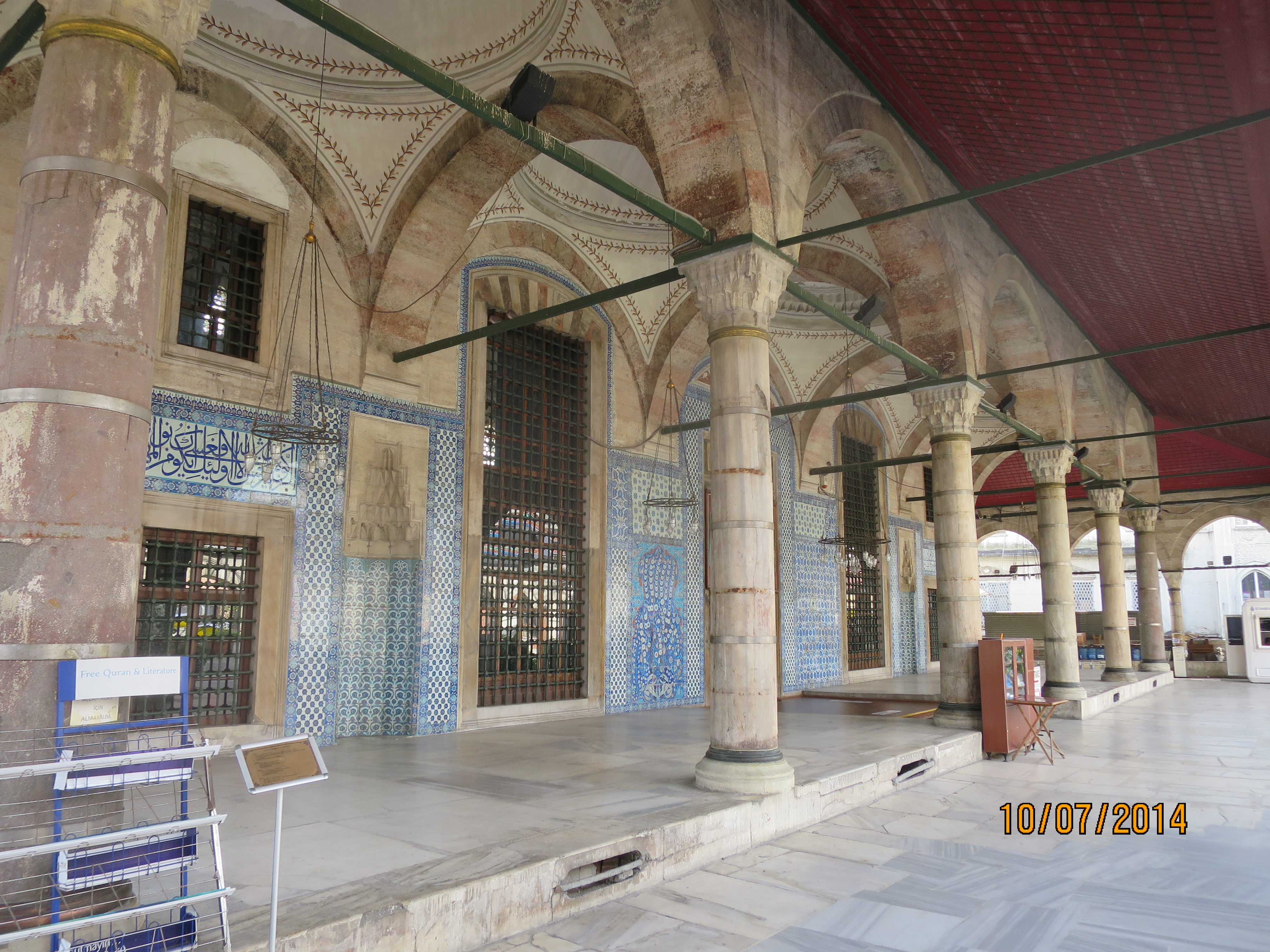

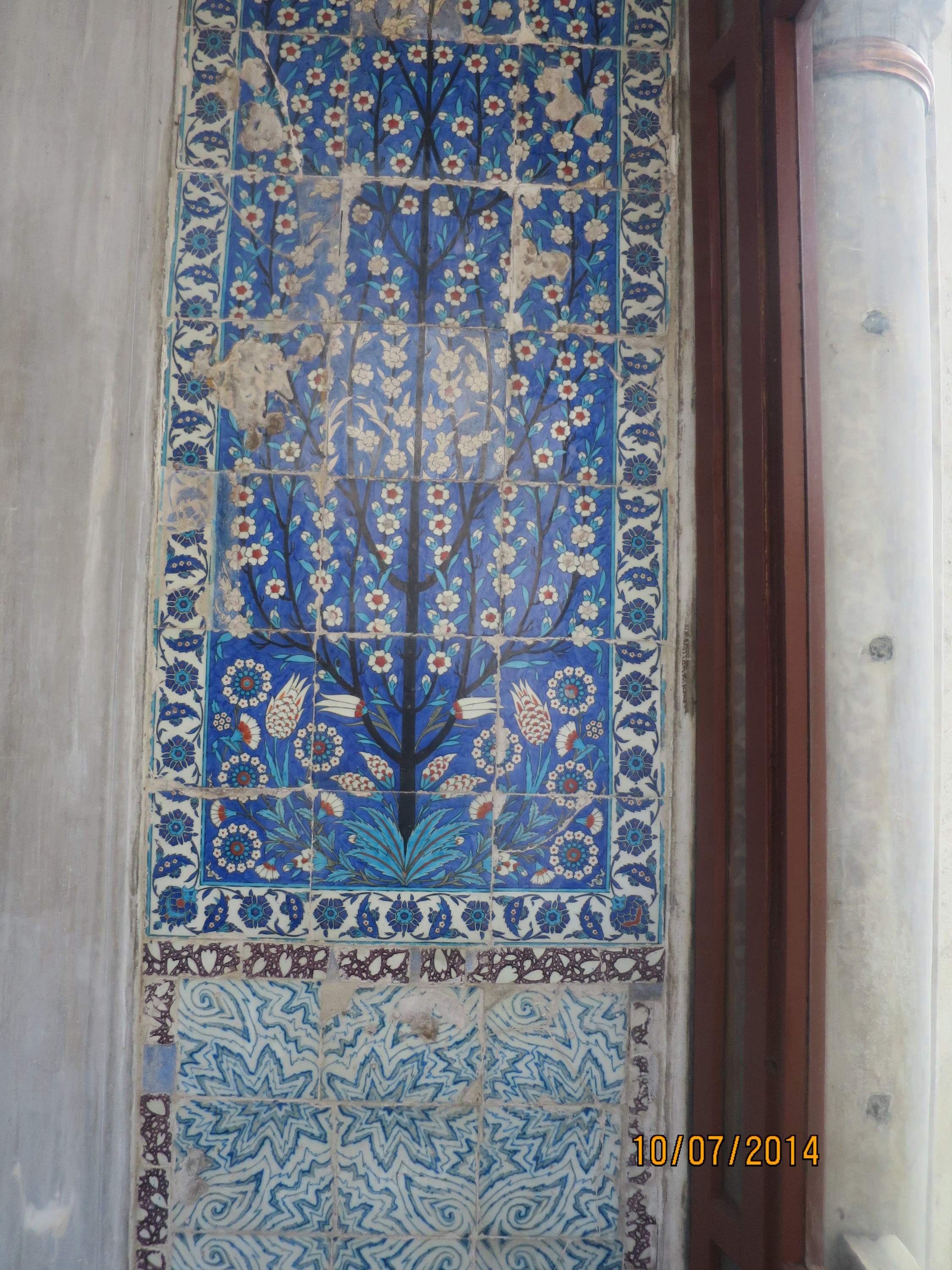
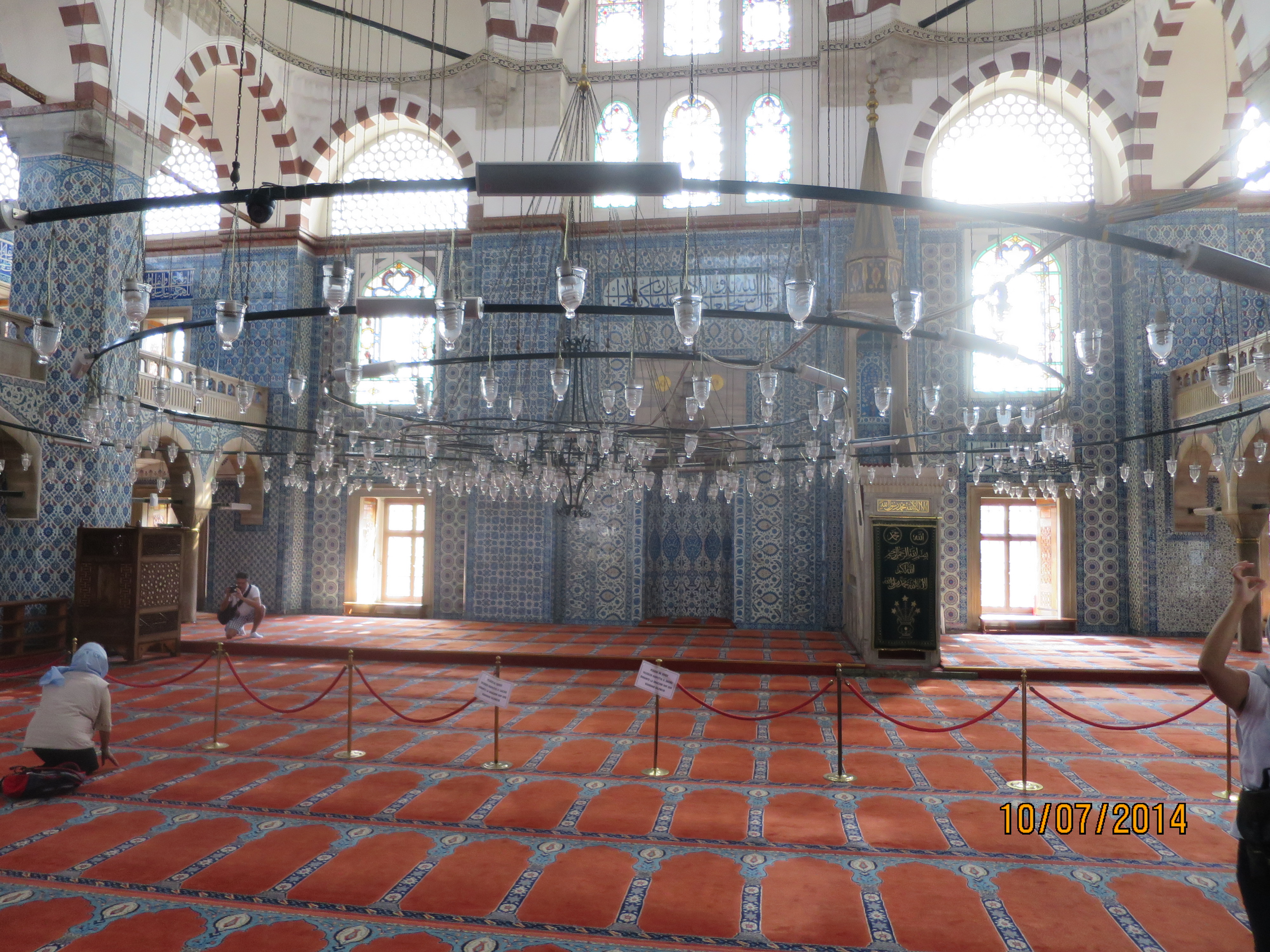
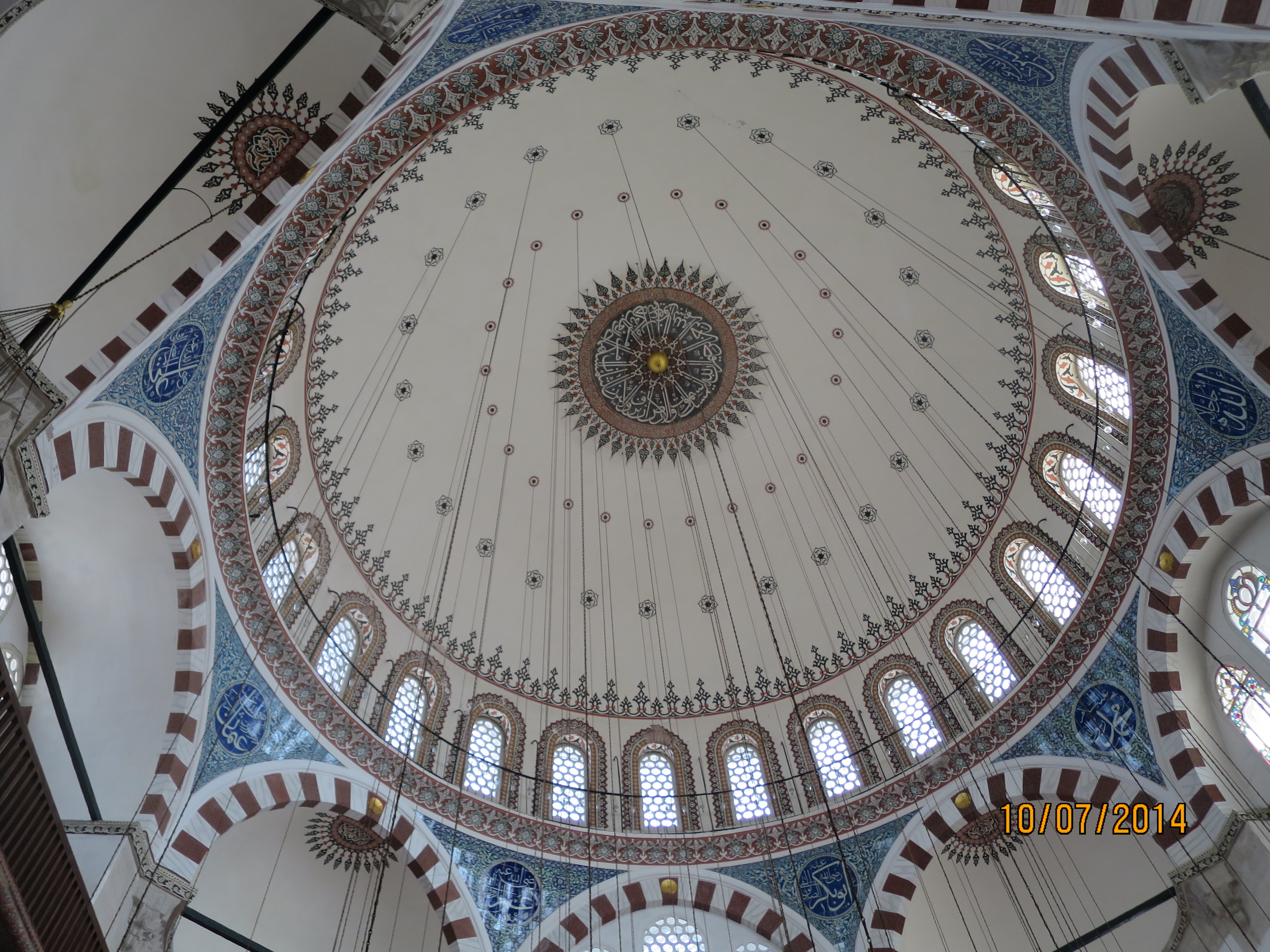
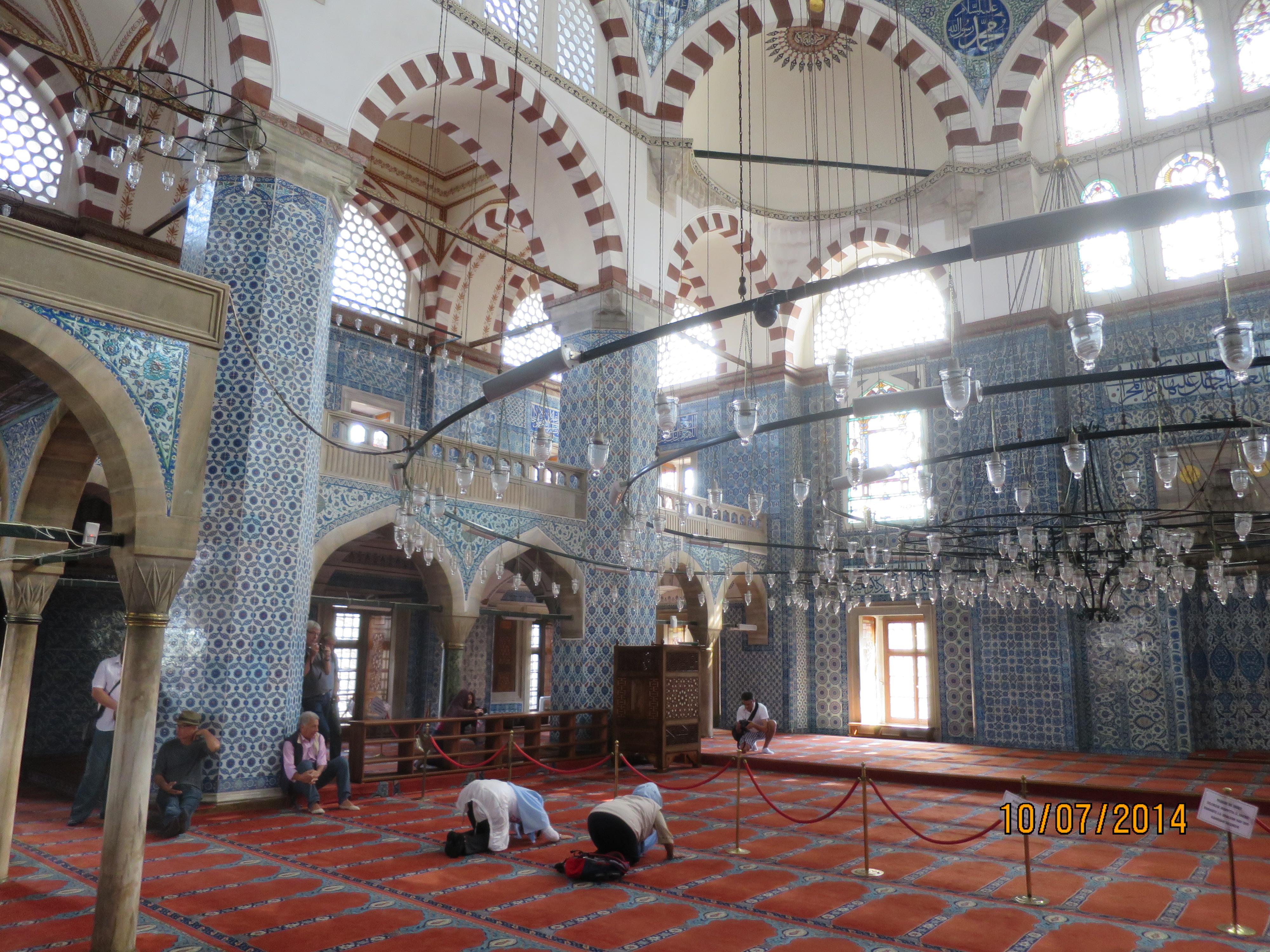
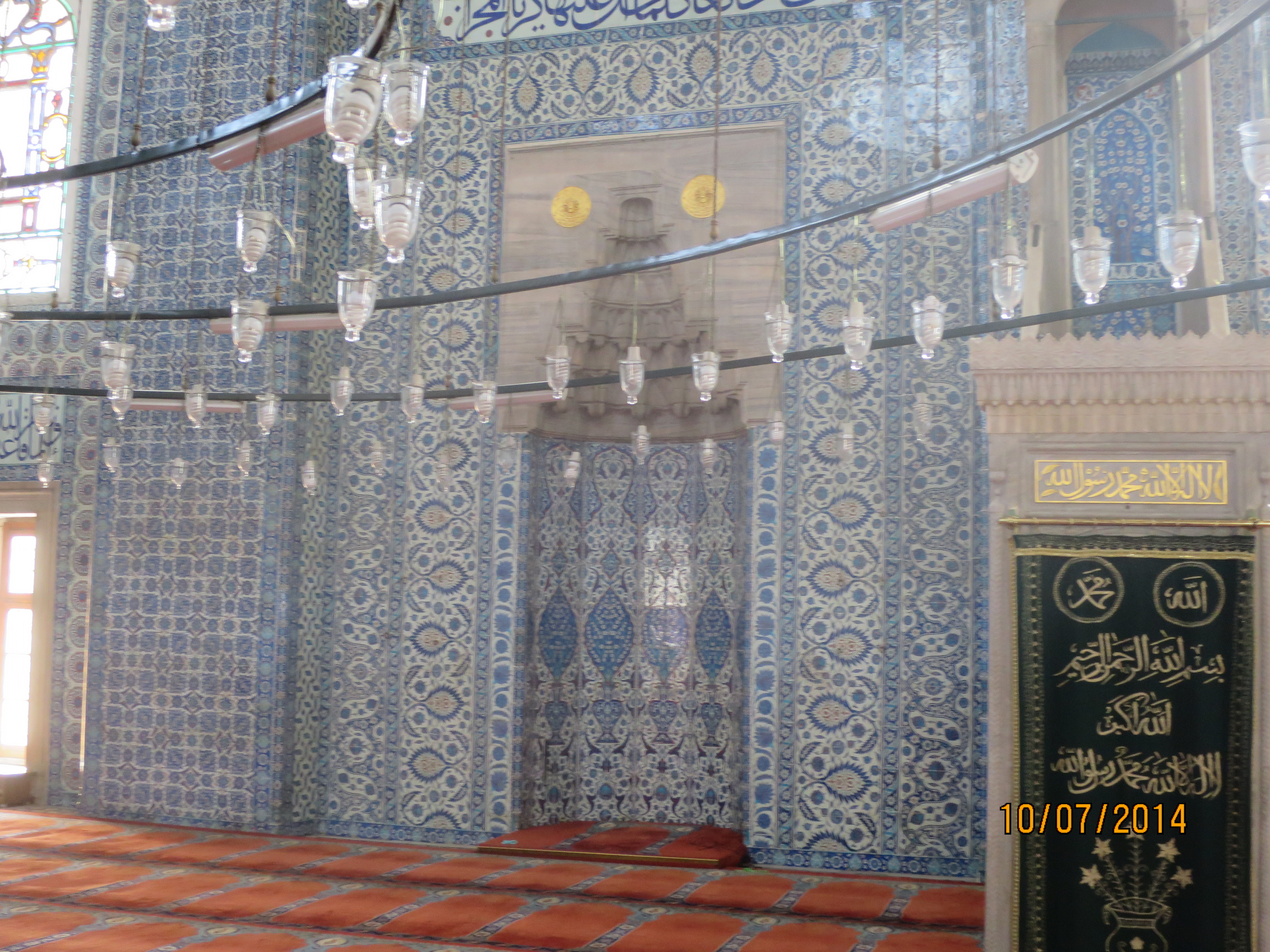
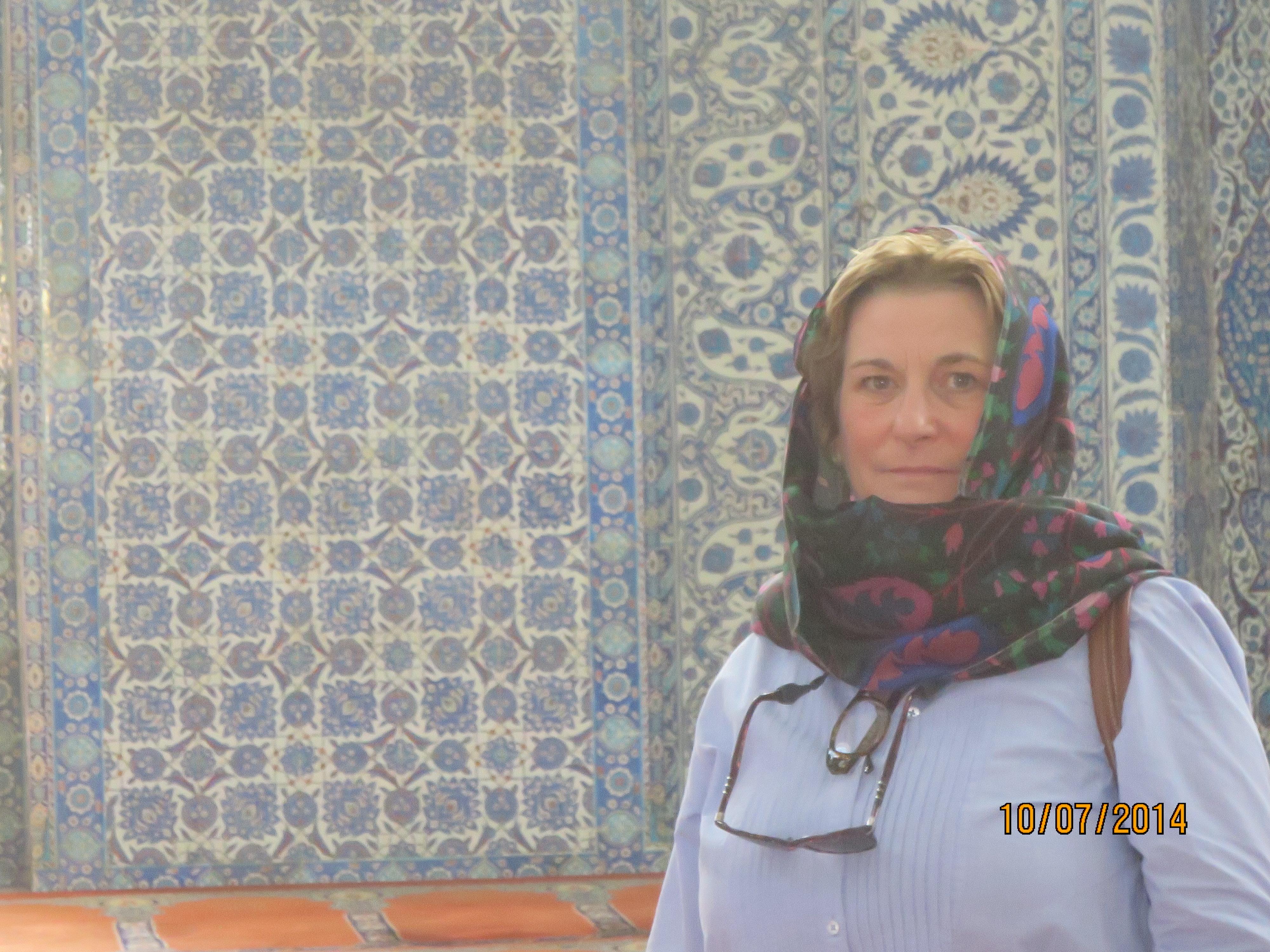
Phoenominal! I must forward this to Kristin. She would love to see this.